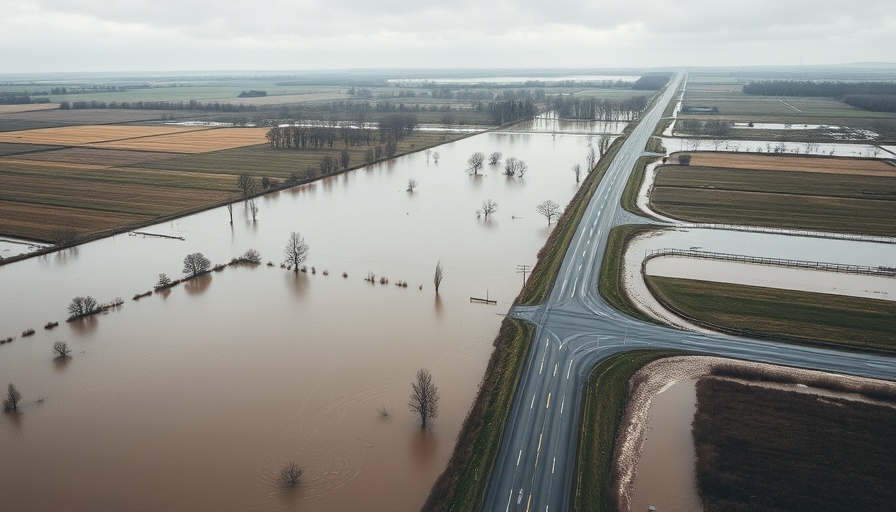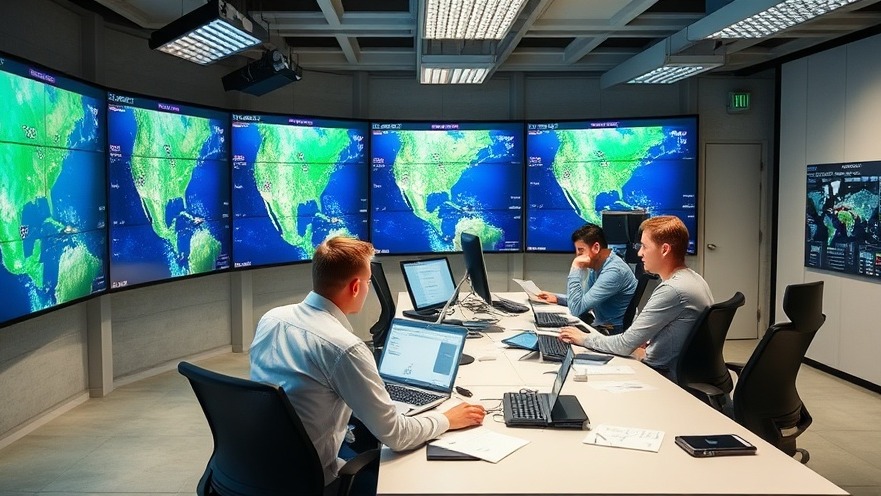
The Tragic Toll: Understanding the Catastrophic Flooding in Texas
As Texas grapples with the devastating aftermath of torrential rains over the July Fourth weekend, the state's death toll has tragically surpassed 100, marking one of the deadliest flooding events in recent memory. This natural disaster not only highlights the vulnerabilities of communities in flood-prone areas but also underscores the urgent need for preparedness and response strategies in the face of increasingly unpredictable weather patterns.
The Causes Behind the Devastation: Weather Patterns and Climate Change
The flooding was primarily caused by severe thunderstorms that began to affect Texas during the holiday weekend. Rainfall accumulation exceeded 20 inches in some regions. Meteorologists attribute this unusual weather pattern to the ongoing impacts of climate change, suggesting that warmer oceans lead to more intense storms. As a society, we must ask ourselves how we can mitigate the effects of climate change while adapting to extreme weather events.
Community Resilience: Stories from the Ground
In the face of despair, stories of resilience have emerged from the communities affected by the flooding. Many residents reported quick responses from local officials and emergency services that helped provide immediate aid, including evacuations and shelter. Organizations such as the Red Cross are working tirelessly to support those displaced by the flooding. These accounts highlight the importance of community preparedness and the impact of swift action when disaster strikes.
Future Predictions: Are We Prepared for More?
Experts are raising alarms about the potential for increased flooding in Texas as climate change accelerates. With warmer air holding more moisture, the chances of heavy rainfall events in relatively short spans of time could become common. This begs the question: how can local governments and communities prepare for this new normal? Planning and investment in infrastructure that can manage excessive water flow are essential, and public education on emergency preparedness should take center stage.
Final Thoughts: What We Can Do Now
This recent tragedy is a stark reminder of nature's unpredictability and the pressing need for vigilance. As individuals, we can take steps to prepare ourselves and our families for potential natural disasters. Stay informed about local weather forecasts, participate in community emergency preparedness training, and advocate for policies that address climate change and enhance infrastructure resilience.
As we move forward in the wake of this disaster, it’s crucial to engage in conversations about responsible environmental stewardship, disaster preparedness, and community resilience to better safeguard our future.
 Add Element
Add Element  Add Row
Add Row 



 Add Row
Add Row  Add
Add 


Write A Comment